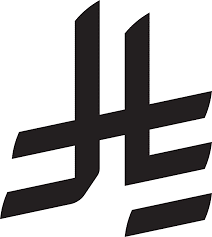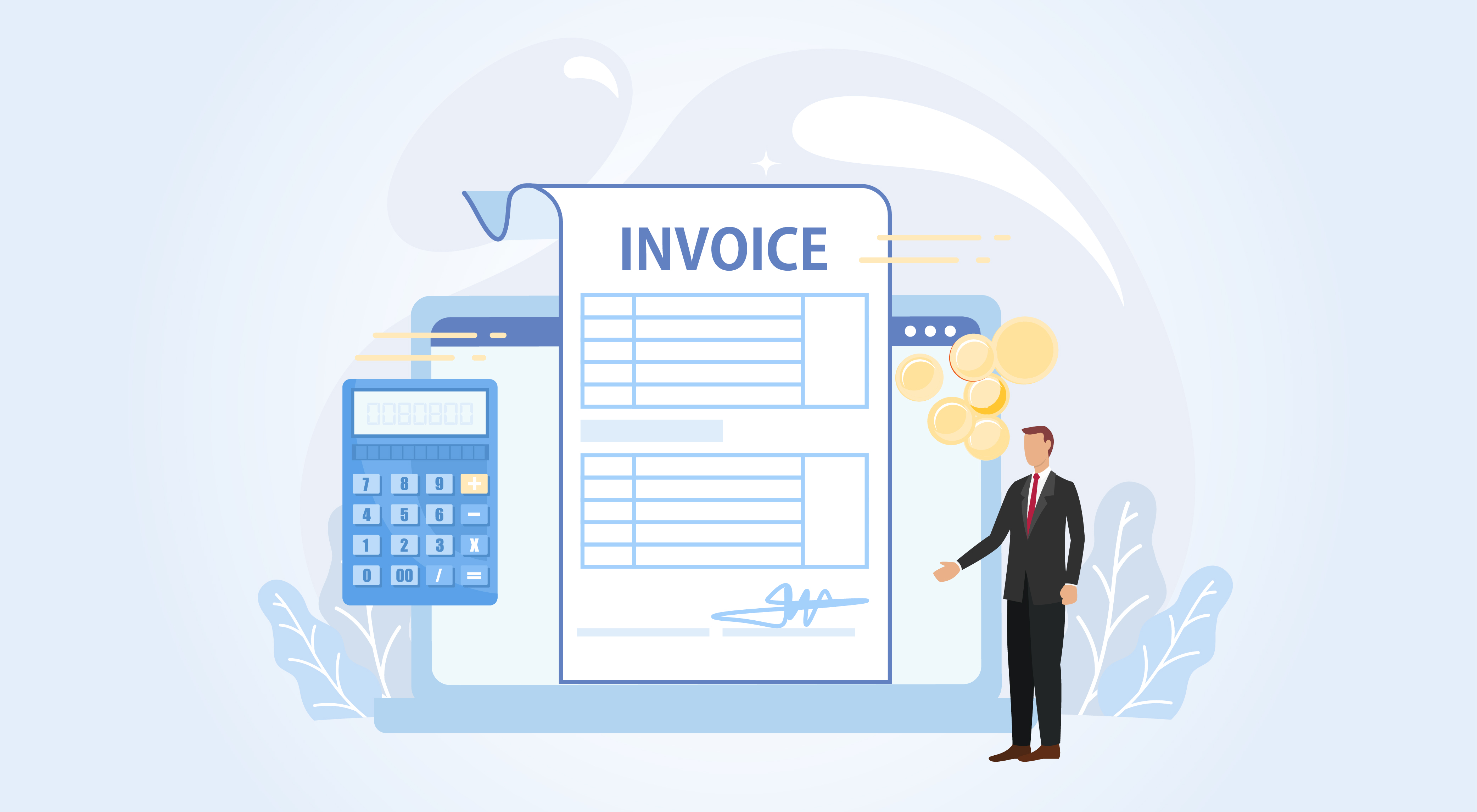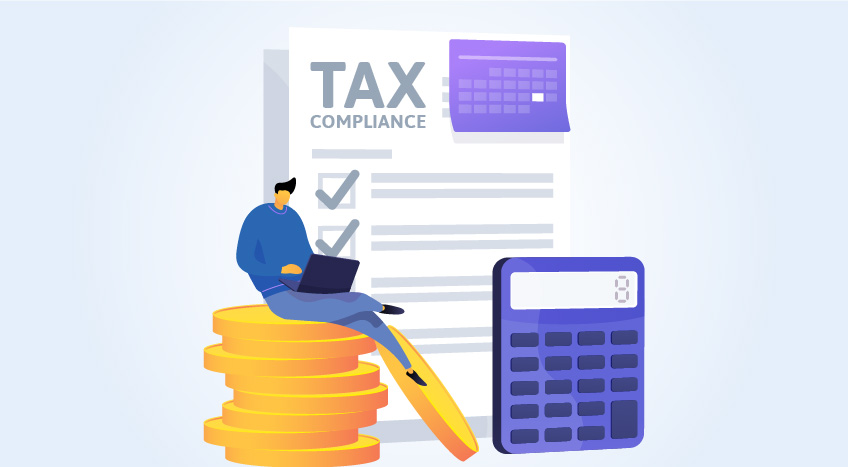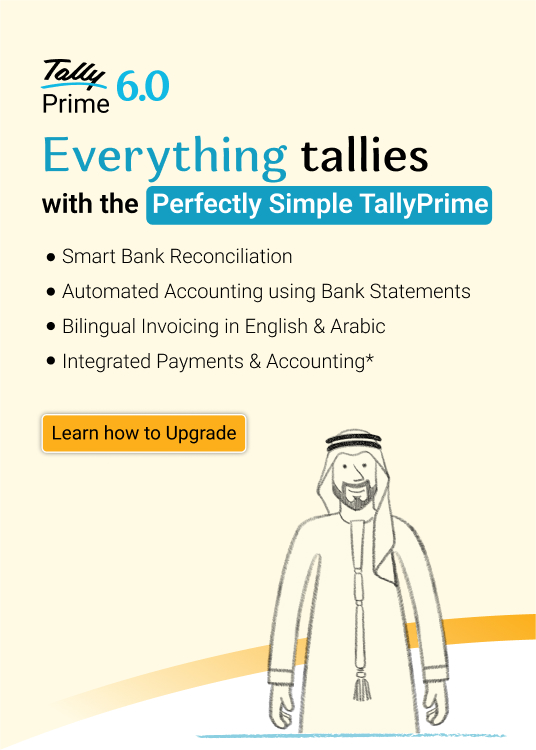Saudi Arabia has introduced a new symbol for its currency, the Saudi Riyal. Inspired by Arabic calligraphy, it is a smart mix of tradition and modern design. You will now see this new symbol everywhere, from invoices and receipts to online shopping and banking apps. Although a small change, it comes with big benefits. This will make the Riyal easier to recognize, more consistent, and ready for the digital future.
Saudi Arabia’s newly introduced currency symbol marks a significant milestone in the Kingdom’s financial and cultural evolution. The symbol is set to streamline the representation of the Saudi Riyal across local, regional, and international contexts, making it more recognizable and standardized.
When will the new Saudi Riyal symbol be implemented?
There’s no official deadline just yet, but the rollout of the new Saudi Riyal symbol has already begun. You’ll start seeing it work smoothly across devices and platforms once Unicode 17.0 goes live in September 2025, without any display or compatibility issues.
What changes with the new currency
With the introduction of the new Saudi Riyal symbol, there’s now a standardized and culturally meaningful way to represent the currency across all kinds of financial and commercial documents. Beyond formal documents, the symbol is also making its way into banking platforms, trading systems, economic reports, contracts, e-commerce sites, and even product price tags.
From balance sheets and profit and loss statements to invoices, receipts, and tax forms, the new symbol brings a sense of consistency and professionalism to everyday financial tasks. Whether it's a digital transaction or something printed on paper, the Riyal will now have a unified identity, recognizable and reliable across both local and international settings.

Impact on business and its transactions
For businesses, the new symbol isn’t just about looks, it changes how the Riyal is used, shared, and seen across systems. Here’s how it’s making a difference in daily transactions:
- The symbol will appear in key financial documents like invoices, balance sheets, ledgers, and tax reports, making them look more standardized and professional.
- It should show up smoothly in exported formats such as PDFs, Excel sheets, and image files, ensuring consistency across platforms.
- This change makes multi-currency reporting easier, improves the clarity of financial communication, and helps meet evolving regulatory expectations.
- Beyond internal systems, the symbol will be used in banking services, trading platforms, e-commerce websites, and even on product price tags.
- It should work reliably across different devices, apps, and operating systems without display issues.
Next steps before the currency symbol is rolled out
Here are few tips to get ready to adopt the new symbol on your official business documents:
- Stay updated on the Unicode release
The Saudi Riyal symbol will be fully supported once Unicode 17.0 is officially released in September 2025. Businesses should keep an eye out for this, as it marks the point when the symbol can be reliably used across systems, apps, and documents. - Prepare your internal systems for symbol support
Most ERPs (including TallyPrime) allow you to manually create and assign currency symbols. If your system doesn’t yet show the new Riyal symbol (﷼), check whether Unicode 17.0 is supported on your OS, browser, or software. - Update font packs and printers
Once the symbol is available via Unicode, ensure that your fonts, printers, and export formats (like PDF and Excel) support the new character. Some fonts may require updates or replacements to display it correctly. - Train your finance and accounts teams
Make sure your teams know how to configure and apply the new symbol in reports, invoices, ledgers, and exports — especially if you’re dealing with multi-currency accounting. - Monitor updates from your ERP provider
Whether you’re using TallyPrime or any other financial software, stay tuned for any official patches, updates, or release notes. These updates will automate symbol integration and help avoid display or alignment issues.
As businesses across the Kingdom gear up for this change, small steps taken now will make a big difference later. From updating systems to aligning teams, the groundwork laid today will ensure a smoother transition when the symbol goes live. With its cultural depth and digital readiness, the new Riyal symbol is ready to take its place, not just in ledgers and receipts, but in the future of finance.
TallyPrime is making sure this transition is smooth by updating all key financial touchpoints like reports, invoices, exports, and printed formats to support the symbol with complete accuracy. The new symbol will be maintained across all reports, exports, and print formats.
With TallyPrime's latest release 7.0, businesses in Saudi Arabia can integrate external applications and systems with greater confidence—especially when working with the Saudi Riyal (SAR).
As more KSA businesses adopt integrated accounting, invoicing, and payment ecosystems, accurate handling of currency symbols becomes critical. TallyPrime is built to correctly interpret and display the Saudi Riyal symbol when transactions are imported from third-party systems. This ensures that data flowing into TallyPrime remains clean, readable, and consistent across records.
By following the required encoding standards during integrations, TallyPrime prevents common issues such as failed imports or incorrectly displayed currency symbols. The result is smoother system integrations, reliable transaction records, and uninterrupted accounting workflows









